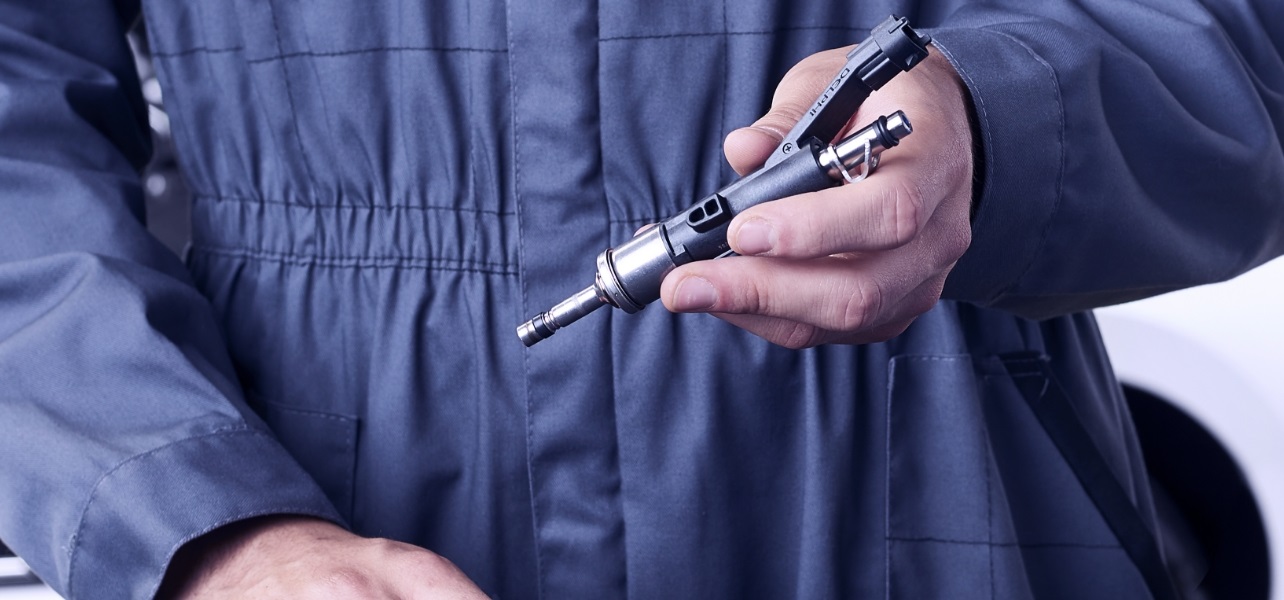Resource Highlights
In this article, we show you how to service engine mounts, including how they work, types of engine mounts, why they fail, the symptoms, when to replace them and more.

A faulty or worn engine mount is one of the main causes of engine vibration and noise. And whilst this can be concerning for the vehicle owner, by understanding why they fail, what to look out for and how to replace them, you can help keep your customer’s car running smoothly, for a quiet and comfortable ride. Here, leading manufacturer Delphi, shows you just how to do that.
How do engine mounts work?
As its name suggests, the engine mount, also known as a motor mount, secures the engine to the vehicle’s chassis; one end bolts to the engine block, and the other to the frame of the car. As well as holding the engine firmly in place, the vulcanized rubber mount acts as an insulator between the vehicle frame and the engine components, helping to minimize noise, vibration and harshness (NVH) for a comfortable and quiet ride. In most vehicles there are three engine mounts, plus one or two transmission mounts.
Types of engine mount
There are three types of engine mounts, and depending on the application, vehicle manufacturers might use any combination of these:
- Passive rubber mounts: passive rubber mounts follow the typical rubber-to-metal design - two metal mounting points bonded together with a rubber compound – and are fitted to the majority of vehicles.
- Passive hydraulic mounts: some applications have fluid-filled hydraulic mounts. Also known as passive hydraulic mounts, they contain a hydraulic fluid-filled chamber, which helps to absorb additional vibrations.
- Active mounts: some newer vehicles use electronically-controlled or active mounts. Featuring an additional vacuum chamber, controlled by a vacuum switching valve, they can adjust the stiffness of the mount to absorb more or less vibration depending on the speed or load. Some active mounts can also generate their own counter vibration to further offset NVH.
Why do engine mounts fail?
Engine mounts are subjected to constant high dynamic stress, and just like anything made of rubber, will deteriorate overtime; the rubber can crack, tear and will almost certainly loose its firm, but elastic characteristics. In hydraulic mounts this can cause the fluid to leak out and potentially the mount to collapse. Whilst wear and tear is more common in older, higher mileage vehicles, hard shifting through the gears or excessive high idling can accelerate the process. Same goes for oil or other fluids, which can gradually erode the rubber.
What are the symptoms of a faulty engine mount?
Often a quick visual check will identify any wear or damage such as cracks, tears, fluid leaks or separation in the rubber-to-metal bonding, however, there are a few common symptoms to watch out for:
- Engine movement: since engine mounts are designed to secure the engine in the bay, one of the first signs that something isn’t right, is excess engine movement, which usually worsens when accelerating.
- Engine noise: any excess movement will likely result in unusual sounds. Keep an ear out for clunking or knocking sounds coming from the engine bay during hard acceleration or when engine braking.
- Excessive vibration: wear or tear to the rubber will reduce the mount’s dampening ability, transferring noise and vibration from the engine, through the frame and into the vehicle’s interior.
- Engine misalignment: a failing mount could result in the engine dropping to one side, since it will no longer be properly supported.
- Component damage: at higher speeds, bad engine mounts can cause damage to other parts such as coolant hoses, fan belts and exhaust pipes so check for signs of damage.
When to replace engine mounts?
Although engine mounts are not included as part of any routine maintenance schedule, it’s advisable to check them during regular servicing. After all their service life can vary greatly based on the age of the vehicle, mileage, driver behaviour etc. If you spot any signs of wear or tear, the mount should be replaced as soon as possible – as well as noise and vibration, a broken mount can cause damage to other components. For example, excessive engine movement, can cause the belt-driven fan to hit the radiator and/or hose, and potentially the throttle linkage to seize. Remember if one mount fails, chances are the others are not too far behind as they will have been subjected to the same conditions. Because of this, it’s always advisable to replace all engine mounts at the same time.
How to replace a failed engine mount?
With the right tools, and know-how, engine mount replacement is a relatively straight-forward job. Follow the step-by-step instructions below for a best-practice repair:
- Start by raising and securing the vehicle.
- Remove the plastic engine covers, remembering to keep the bolts in a safe place.
- Use an engine support beam to ensure the engine is properly supported during mount removal.
- Depending on the vehicle you may need to remove other brackets to access the mount.
- Next soak all the bolts with penetrating oil for a few minutes to loosen.
- With a socket or wrench, unscrew the bolts and remove the engine mount.
- Compare both the old and new mounts to ensure you have the correct mount – note the position of the mounting points.
- Insert the new engine mount into the frame and hand-tighten the bolts. You may need to adjust the position of the engine to align the threads.
- Then torque tighten all bolts to the vehicle manufacturer’s specification, as detailed in the service manual.
- Reinstall any brackets that were removed.
- You can now remove the engine support beam from the engine and replace the cover.
- Finally lower the vehicle to the ground and have a colleague cycle through the gears to check for excessive engine movement and/or vibration.
SIGN UP TO FIND MORE
Fill up your details to hear more from our experts and get the latest updates from Delphi.



